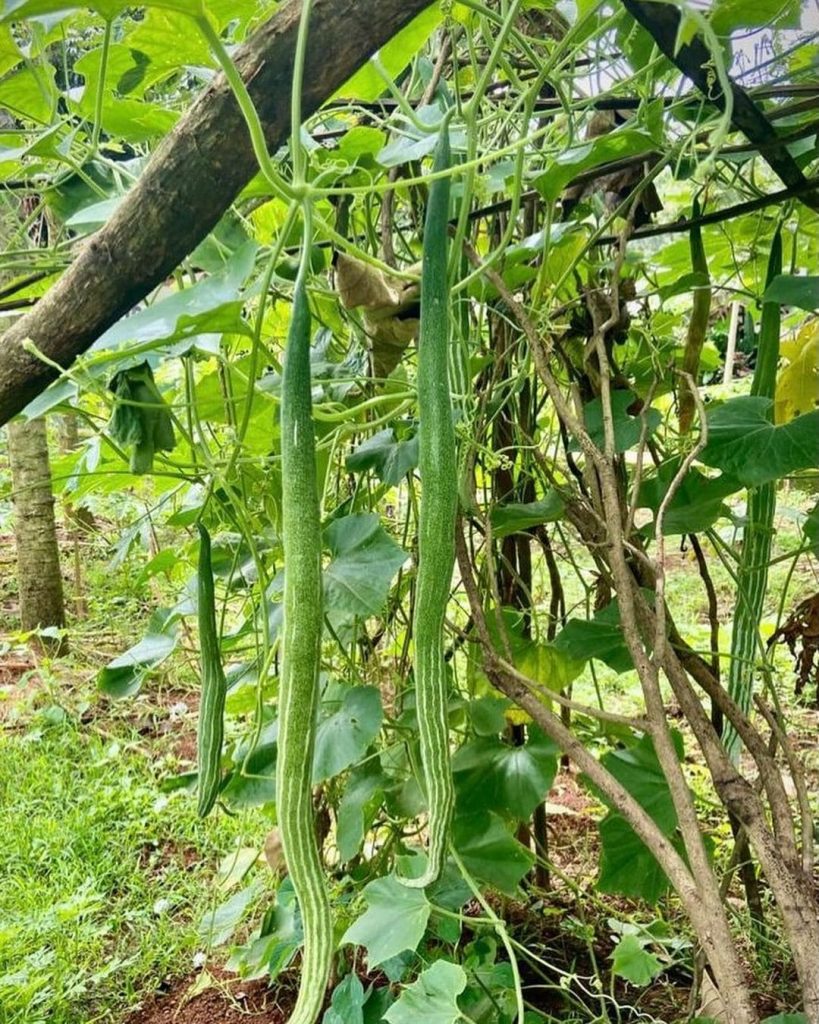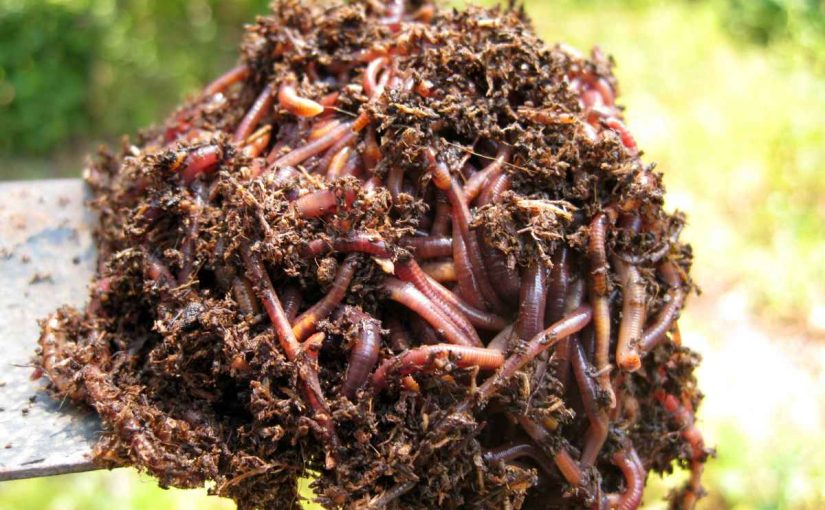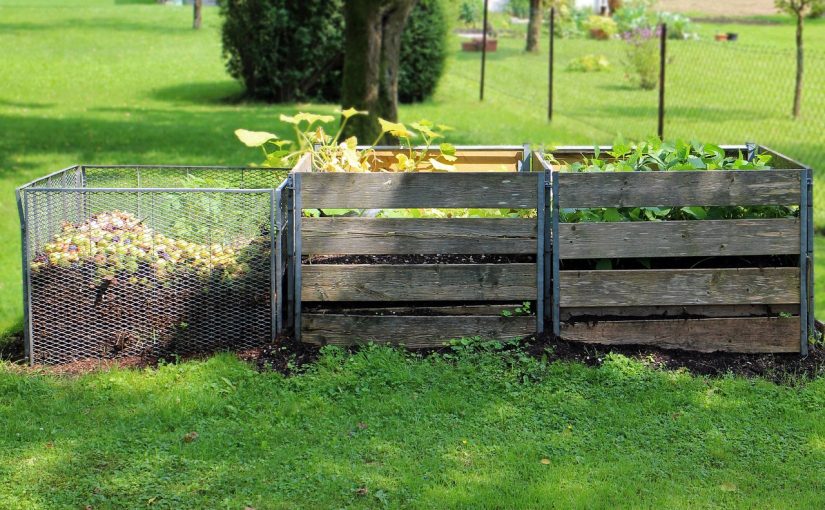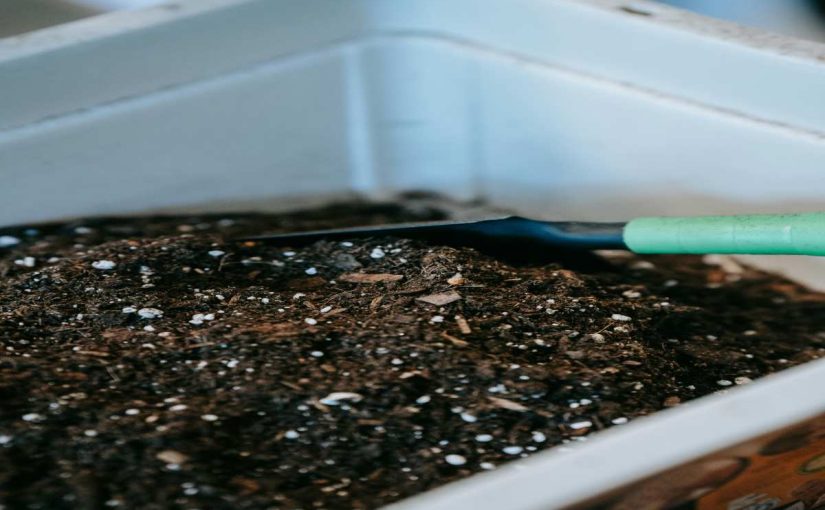As the name sounds a bit weird, the appearance of Snake Gourd is not. The veggie appears to be elongated and wavy like a snake and tastes like a cucumber. It is a creeper plant. Snake Gourd farming rules the South and Asian market.
India Grows it in abundance and exports it to other corners of the world. In, other words, we can say India is a proprietary market for snake gourd farming.
Though it finds a place in Bangladesh, Pakistan, Indonesia, Sri Lanka, Myanmar, China and, Malaysia. It can be consumed in a multifarious way, whether pickled, sauté with herbs, cooked with typical Indian spices, tastes good.
How to grow snake gourd from seed?
The growing pattern throws light on the type of climate required for snake gourd farming. Being enormously grown in a tropical area, the veggie thrives well in the tropical climate. To grow snake gourd from seeds, you need to follow certain steps, for better results.
As it is a creeper veggie it needs a chain, fence, or kind of support to grow on but it has to be built to last. There are a variety of seeds available. We have chalked down a few for you:
- White Glory
- Baby
- Extra Long Dancer
The seeds are hard as coconut shells which hinders the germination process and can even take a month or more to germinate. To cope up with this issue, you need to crack the seeds with the help of pliers ensuring the safety of the endosperm inside.
If the endosperm is hurt or crushed it won’t allow the seed to sprout. Now, to start with the germination process, you need to soak these seeds extracted from the shells for 12 hours at least.
For growing snake gourd from seeds, it should be allowed to rest in warm water resting on the refrigerator top or any other place that is warm enough to let the water get embedded in the seeds.
Then seeds need to be planted in weed mix soil in large flower pots covered with a cling film or plastic wrap. The vision behind is to hold the moisture to allow sprouting. In about 10 days these seeds start sprouting and now it’s time to uncover them and allow some fresh air to reach them.
Once the germination process gets a swing, a regular water supply should be maintained to ensure moisture. Now, these young seedlings find their wings in the garden.

After planting them in the garden, 15 days’ is ideal to water them. Or when you find it necessary like the soil is dry, it needs to be nourished immediately. In about three weeks, these seedlings start’s maturing and demand some additional nutrients in the soil to be added.
This acts as a catalyst to shape these beautiful gourd vines. But always remember a strong back should be there to render a stiffen to the 6 feet (approx.) fruit.
To attract the insects a light or fluorescent cloth needs to be placed next to the blooming flowers to speed up the pollination process.
Growing and harvesting period for snake gourd
Due to the new agro technologies, flushing in the market no vegetable is restricted to a particular point of time. Though it is still advisable to grow snake gourd in January and July.
As it needs a temperature of 25 degrees to 38 degrees. The harvest time of snake gourd depends on the variety of seeds sown. On average it takes 45 to 60 days from the time it is sown.
Getting the soil ready for snake gourd farming
Snake gourd farming is a non-fussy task, as it goes with all types of soil. For getting good results it is recommended to use loam sandy soil with a spice of organic content.
A minimum of 3-4 plowing is needed to be done, to get a PH value equal to 6. Snake gourd cultivation demands a good soil drainage system. On adding good manure to the soil, a higher yield is obtained.
Treatment and sowing of seeds
10 grams of fluorescens and 4 grams of viride should be added to the seeds to accelerate the production cycle. This will surely give better and high yields. And snake gourd farming would be more profitable then.
The cropping season of snake gourd is in July and January. Cropping season is just a medium to enhance productivity.
Production techniques of snake gourd
The production techniques of snake gourd is a bit lengthy. Let’s grab a look at the following:
- Sowing and spacing pattern: The sowing pattern should be in multiples of 5, that too in a grid-like structure. After 15 days of germination, pick any 2 healthy seedlings. An alternative method can be used, you can sow the seeds in plastic bags until they germinate. Later can be shifted to pits in 4.
- Fertilizer and manure: At the time of soil preparation heaps of compost should be mixed in the soil. Then after 30 days of sowing and the rest just before the plowing time.
- Water intake for snake gourd farming should be maintained. One a week of watering is good for the plantation.
- Weeding is done twice and not more than that.
Types of Snake Gourd
There are different varieties of snake gourd available in the Indian Market. Let’s take a glimpse:
- Padwal or pointed gourd
- Serpent gourd
- Chinese Gourd
- Japanese Gourd
- Chichinda
Health benefits of snake gourd:
The significant story of this green thumb relates long back to the ayurvedic culture. With an enormous number of highs, this green veggie finds a place in medicine as well.
Even in today’s time as people are becoming aware of health benefits, the snake gourd has made its root in a portion of day-to-day dietary food. Tendrils, the delicate stem part is also used in some of the medicines.
Let’s have an overview of the benefits that can be extracted from this simple vegetable:
- Losing Weight: Being a possessor of an ample amount of nutrients is a complete food. Keeps the stomach full, free from any sort of unwanted cravings. Thereby, vanishing fat from the body.
- Supplement to Heart: Cholesterol free food is always a good choice for the better functioning of the heart. Apart from typically cooked in Indian spices, it can be consumed in boiled form or with negligible oil. And yes, it tastes yum. At the same time a relaxing food for the heart muscles.
- A Kidney Detox: A snake gourd sweeps out all the toxic material from the excretory system of your body. It triggers the secretion of fluids responsible for the process of excretion in the kidney. Thereby maintaining the water in the body content ensuring proper hydration.
- Speed up the digestion process: Snake gourd is high in fiber quantity, so helps to keep the stomach light and happy. Chances of acidity and bloating are reduced so the process of digestion becomes fast and easy.
- Cleans the respiratory tract: Another amazing perk of consuming this veggie is curbing the mucous secretion and clearing the respiratory tracts. This also controls the infections in the lungs.
- Ideal for the keto diet: Being low in carbohydrate and sugar content, it can be easily added to the keto diet as well.
Threats to snake gourd farming
The basic enemies of snake gourd farming are leaf beetles, caterpillar, and flies. To demolish leaf beetles and caterpillars you need to apply pesticides to snake gourd production.
For fruit flies, you have to pluck the infected veggies and throw them away from the rest of the production. These are the best possible ways to save the snake gourds.
Snake gourd diseases
Yes, you heard it right. Even plants get affected by diseases, like humans. The 2 major diseases targeting the veggie are Downy mildew and powdery mildew.
These are controllable, the mere spread of pesticides can make you get rid of these diseases. All you have is healthy snake gourd farming.
Also Read: Planting and Growing Okra Step by Step
Planting snake gourd
Snake Gourd is a tropical veggie, it loves a warm climate to grow. Like warmer days and cool nights. For snake gourd farming sandy loam soil ideal. Which has the benefit of keeping the temperature high for a high yield.
Tresilling snake gourd is adapted to grow erect, this can keep this veggie away from pathogens and flies.
Snake gourd is touchy to excess water and could not bear dry soil as well. There needs to a perfect balance between both.
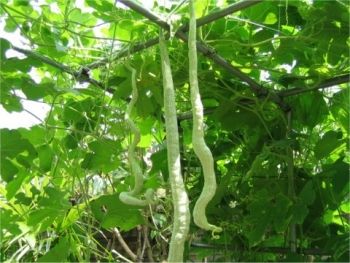
Basic tips to stimulate snake gourd production
With an increasing urge to compete with one another, farmers face a low yield problem with snake gourd farming.
To boost production, we have thrown light on the following tips:
- A perfect base fertilizer: To make a perfect fertilizer base cow dung in powdered form or an organic fertilizer should be added to the soil to trigger production rate.
- Quality of seeds: To get good results, hybrid or local seeds should be used. Either they can be allowed to soak in water for 6 hours or sowed in cow dung.
- Water passage: Choose a place that ensures a continuous and proper water supply. To prevent seeds from drying.
- Saplings should be healthy to ensure a good production rate.
- As soon as the seeds begin to sprout, the additional underneath growth should be copped off to instigate high yield.
The market for snake gourd farming
With an increase in awareness among the people, the demand for snake gourd has also risen. People tend to switch their eating habits to a healthy delight. This has resulted in huge demand for snake gourd farming.
The farmers are growing this veggie on a large scale as it is low in investment. No extra care is demanded just proper management can work wonders. Being a less perishable item, it can be transported easily.
Conclusion
The ending note on snake gourd farming is a bag full of knowledge. Infused with lots of health and nutritional benefits this simple veggie is a good deal for your family.
With tips on how to grow snake gourd, types of snake gourd, how to increase production, and the prolonged benefits of the vegetable we have penned down all the relevant and required information regarding snake gourd farming.
We hope, the article was informative. So, go ahead with your snake gourd farming. Do share your experience of snake gourd farming with us. Stay connected for more updates.

